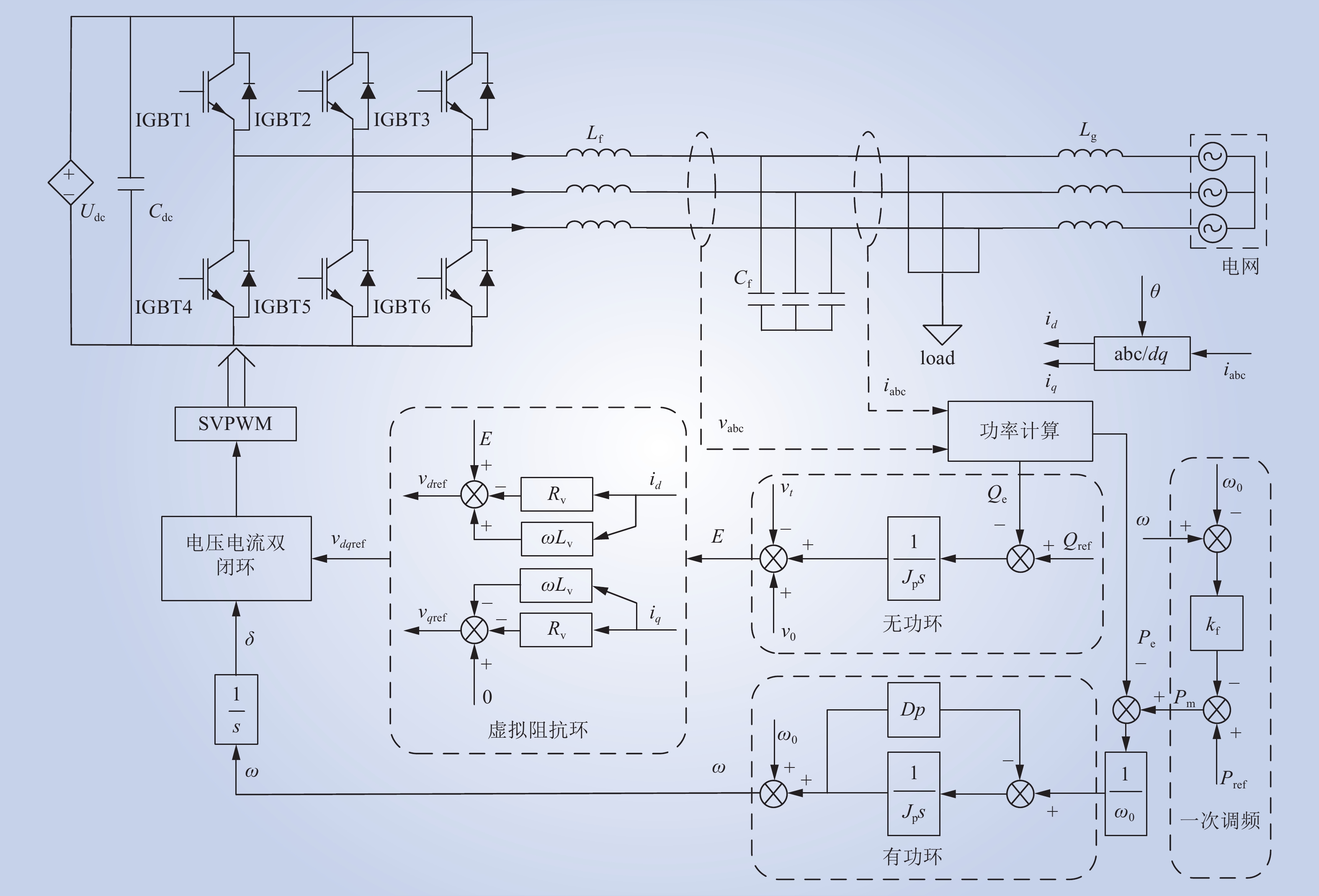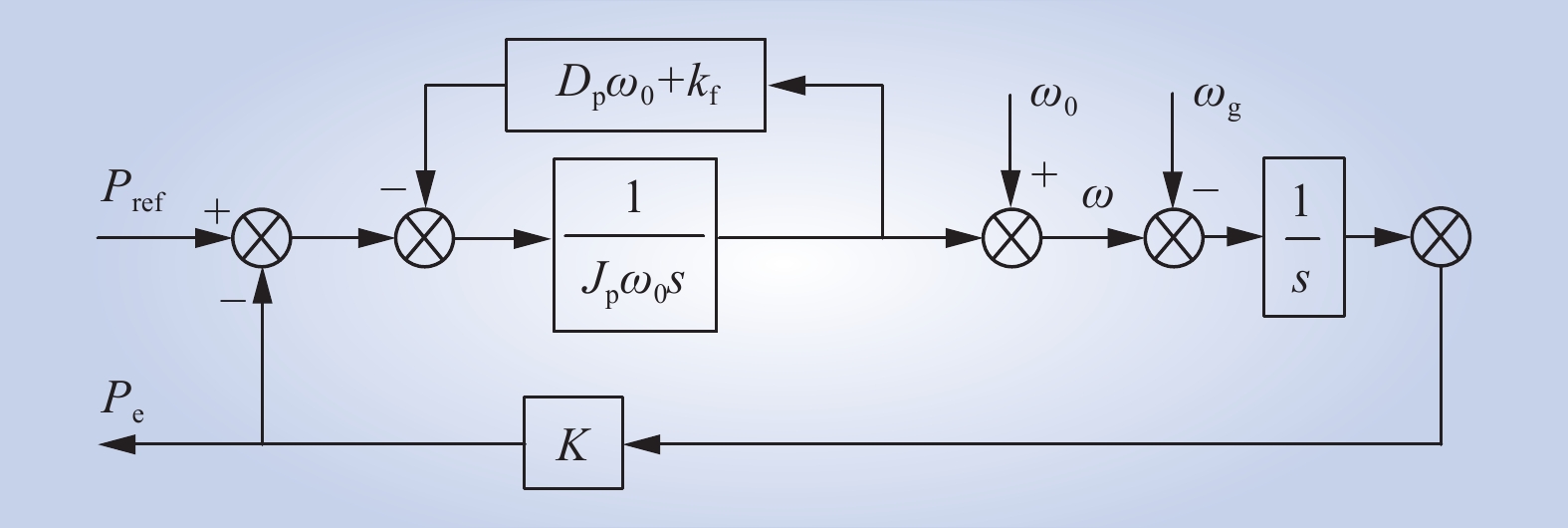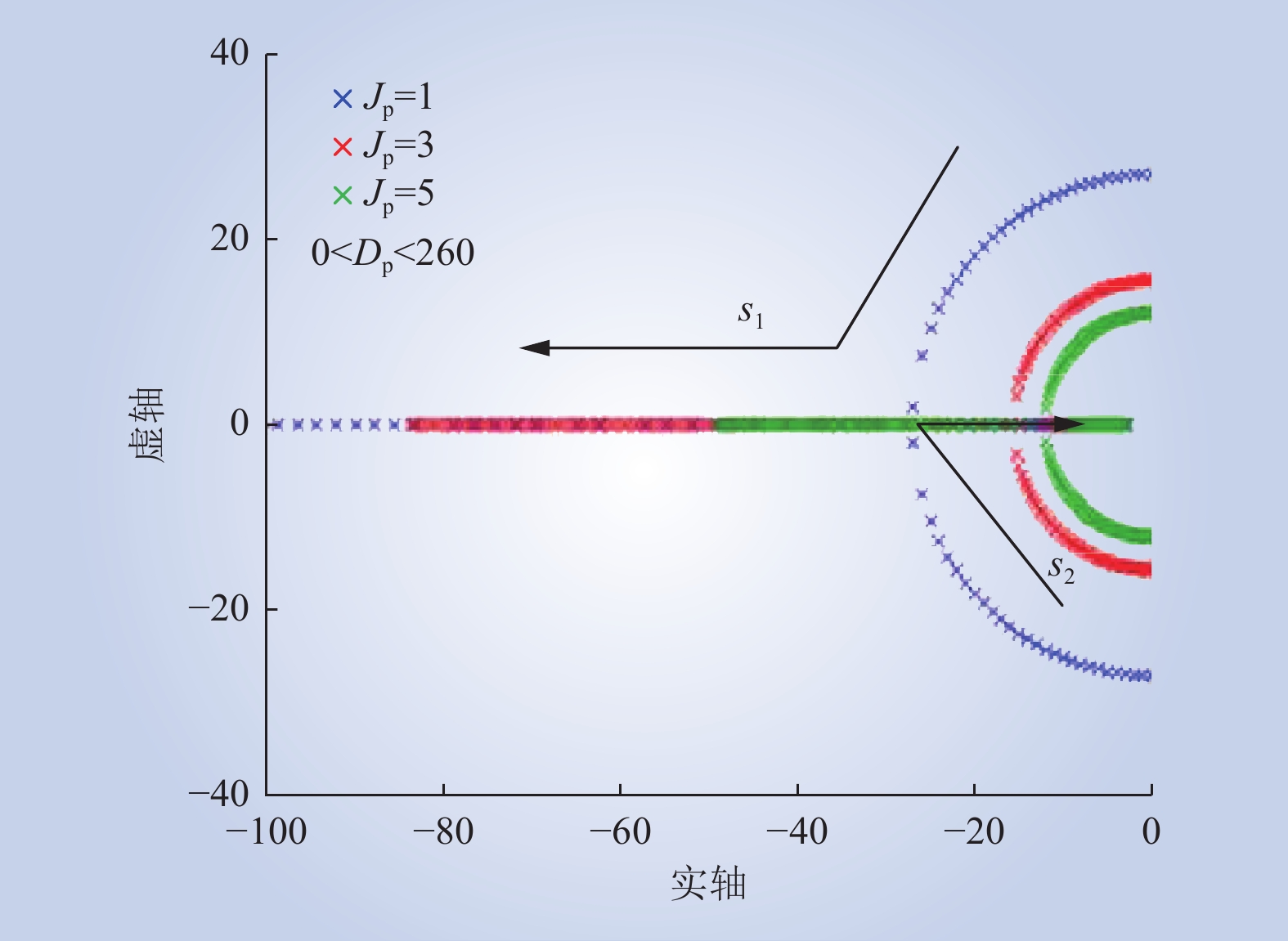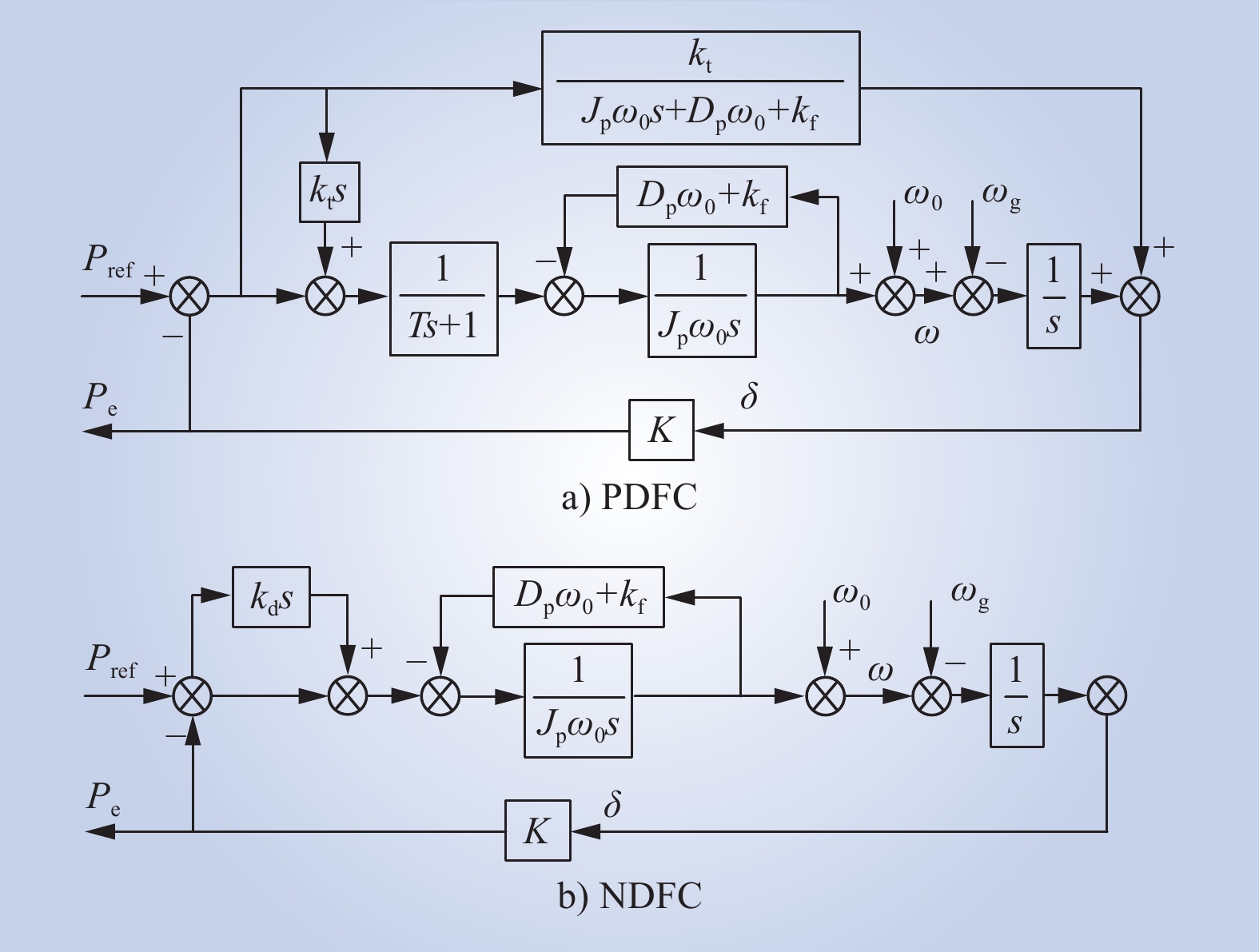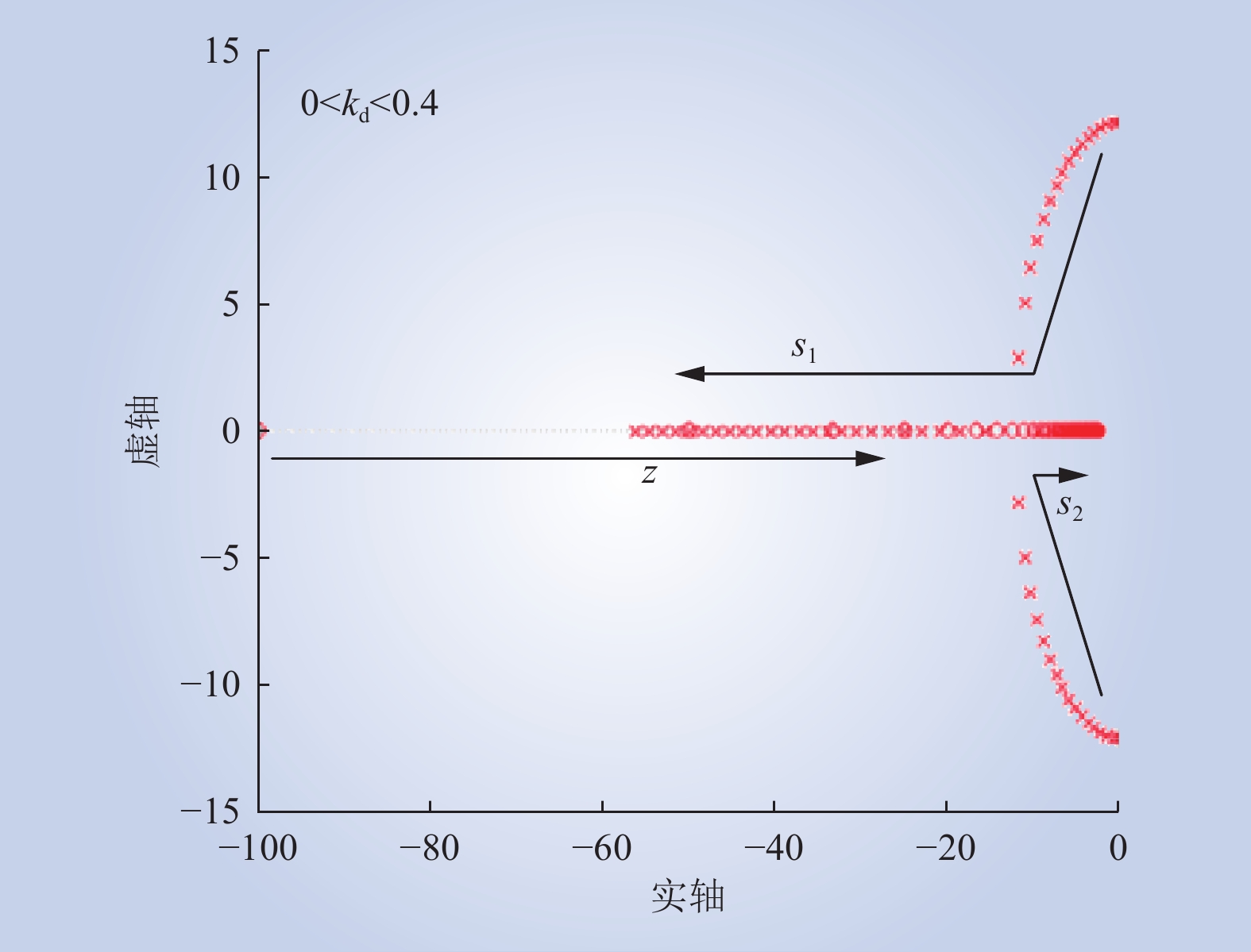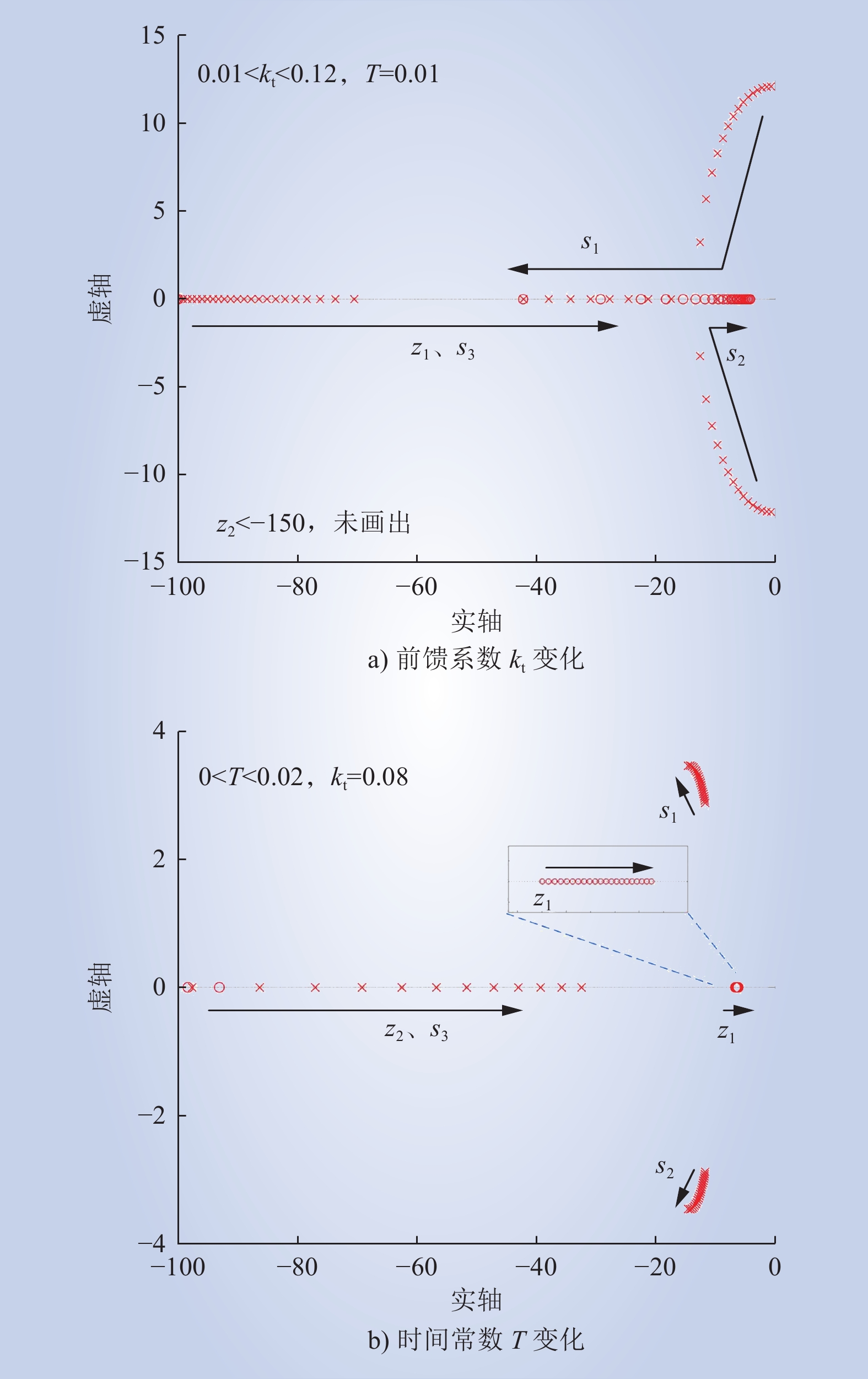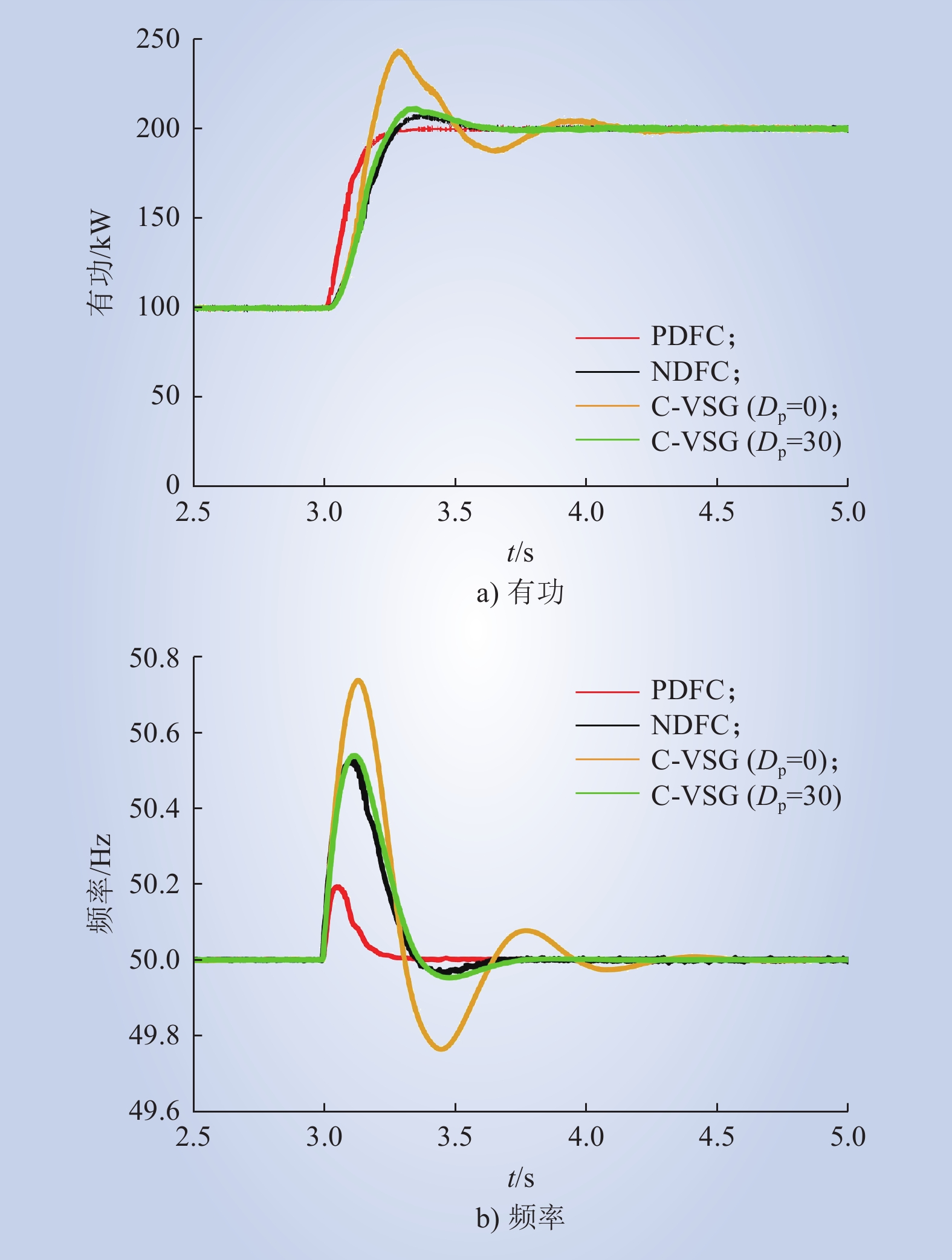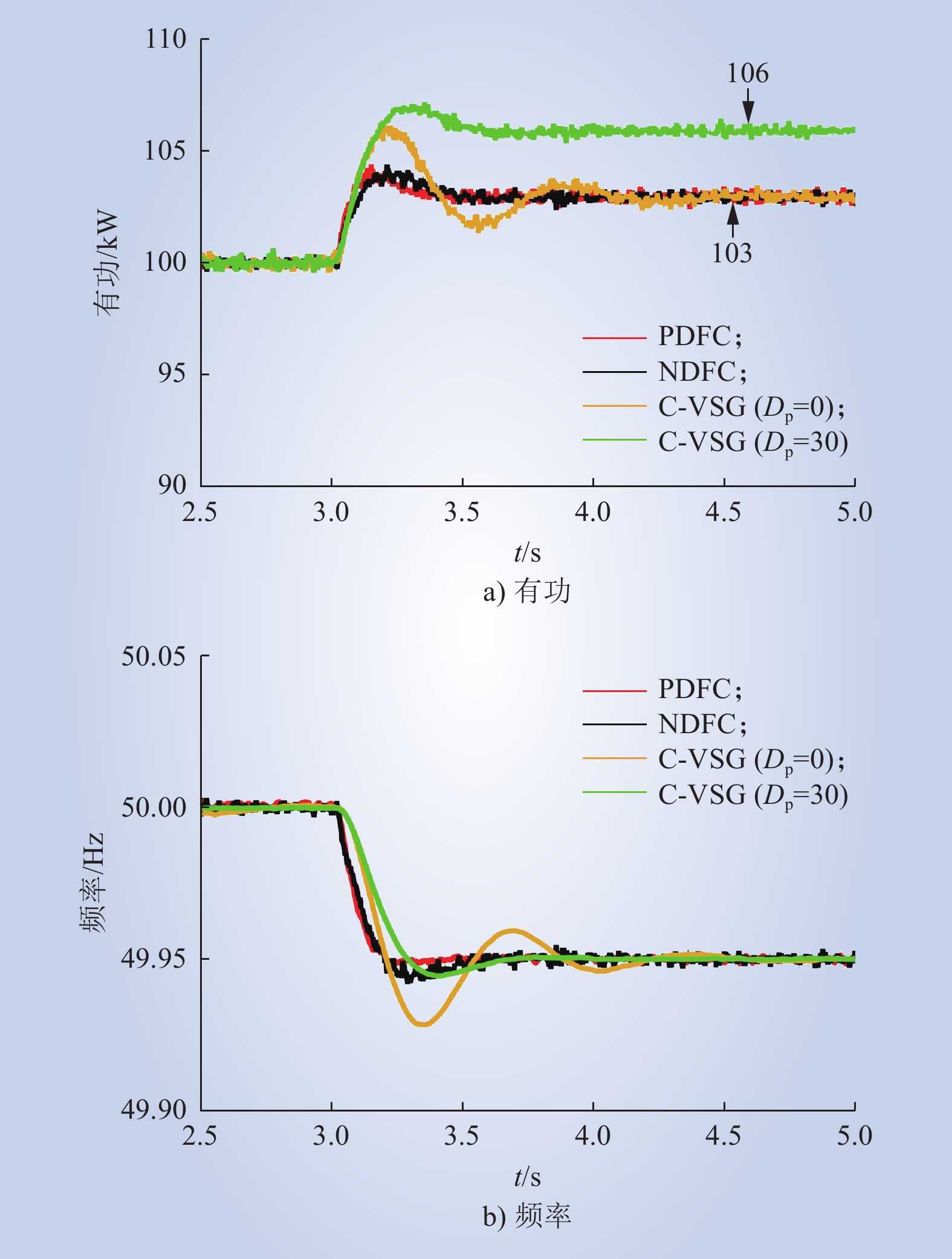| 1 |
BROUWER A S, VAN DEN BROEK M, SEEBREGTS A, et al. Operational flexibility and economics of power plants in future low-carbon power systems[J]. Applied Energy, 2015, 156, 107- 128.
DOI
|
| 2 |
任大伟, 侯金鸣, 肖晋宇, 等. 支撑双碳目标的新型储能发展潜力及路径研究[J]. 中国电力, 2023, 56 (8): 17- 25.
|
|
REN Dawei, HOU Jinming, XIAO Jinyu, et al. Research on development potential and path of new energy storage supporting carbon peak and carbon neutrality[J]. Electric Power, 2023, 56 (8): 17- 25.
|
| 3 |
高骞, 杨俊义, 洪宇, 等. 新型电力系统背景下电网发展业务数字化转型架构及路径研究[J]. 发电技术, 2022, 43 (6): 851- 859.
|
|
GAO Qian, YANG Junyi, HONG Yu, et al. Research on digital transformation architecture and path of power grid development planning business under new power system blueprint[J]. Power Generation Technology, 2022, 43 (6): 851- 859.
|
| 4 |
袁敞, 王俊杰, 胡嘉琦, 等. 平衡频率与功率振荡的虚拟同步机惯量阻尼参数优化控制[J]. 电力科学与技术学报, 2023, 38 (4): 15- 23, 56.
|
|
YUAN Chang, WANG Junjie, HU Jiaqi, et al. Optimal control of inertia damping parameters of virtual synchronous machine with balance frequency and power oscillation[J]. Journal of Electric Power Science and Technology, 2023, 38 (4): 15- 23, 56.
|
| 5 |
吕志鹏, 盛万兴, 钟庆昌, 等. 虚拟同步发电机及其在微电网中的应用[J]. 中国电机工程学报, 2014, 34 (16): 2591- 2603.
|
|
LÜ Zhipeng, SHENG Wanxing, ZHONG Qingchang, et al. Virtual synchronous generator and its applications in micro-grid[J]. Proceedings of the CSEE, 2014, 34 (16): 2591- 2603.
|
| 6 |
LIU J, MIURA Y, ISE T. Comparison of dynamic characteristics between virtual synchronous generator and droop control in inverter-based distributed generators[J]. IEEE Transactions on Power Electronics, 2016, 31 (5): 3600- 3611.
DOI
|
| 7 |
钟庆昌. 虚拟同步机与自主电力系统[J]. 中国电机工程学报, 2017, 37 (2): 336- 349.
|
|
ZHONG Qingchang. Virtual synchronous machines and autonomous power systems[J]. Proceedings of the CSEE, 2017, 37 (2): 336- 349.
|
| 8 |
郭小龙, 张江飞, 亢朋朋, 等. 含基于PI控制受端二次调频的特高压直流虚拟同步控制策略[J]. 中国电力, 2022, 55 (11): 66- 72.
|
|
GUO Xialong, ZHANG Jiangfei, KANG Pengpeng, et al. Virtual synchronization control strategy for UHVDC with secondary frequency modulation based on PI control[J]. Electric Power, 2022, 55 (11): 66- 72.
|
| 9 |
郑天文, 陈来军, 陈天一, 等. 虚拟同步发电机技术及展望[J]. 电力系统自动化, 2015, 39 (21): 165- 175.
|
|
ZHENG Tianwen, CHEN Laijun, CHEN Tianyi, et al. Review and prospect of virtual synchronous generator technologies[J]. Automation of Electric Power Systems, 2015, 39 (21): 165- 175.
|
| 10 |
陈文倩, 辛小南, 程志平. 基于虚拟同步发电机的光储并网发电控制技术[J]. 电工技术学报, 2018, 33 (S2): 538- 545.
|
|
CHEN Wenqian, XIN Xiaonan, CHENG Zhiping. Control of grid-connected of photovoltaic system with storage based on virtual synchronous generator[J]. Transactions of China Electrotechnical Society, 2018, 33 (S2): 538- 545.
|
| 11 |
伍文华, 陈燕东, 周乐明, 等. 虚拟同步发电机接入弱电网的序阻抗建模与稳定性分析[J]. 中国电机工程学报, 2019, 39 (6): 1560- 1571, 1853.
|
|
WU Wenhua, CHEN Yandong, ZHOU Leming, et al. Sequence impedance modeling and stability analysis for virtual synchronous generator connected to the weak grid[J]. Proceedings of the CSEE, 2019, 39 (6): 1560- 1571, 1853.
|
| 12 |
马燕峰, 郑力文, 霍亚欣, 等. 虚拟同步发电机接入电力系统的阻尼转矩分析[J]. 电力自动化设备, 2020, 40 (4): 166- 171.
|
|
MA Yanfeng, ZHENG Liwen, HUO Yaxin, et al. Damping torque analysis of virtual synchronous generator connected to power system[J]. Electric Power Automation Equipment, 2020, 40 (4): 166- 171.
|
| 13 |
LI C, YANG Y Q, CAO Y J, et al. Grid inertia and damping support enabled by proposed virtual inductance control for grid-forming virtual synchronous generator[J]. IEEE Transactions on Power Electronics, 2023, 38 (1): 294- 303.
DOI
|
| 14 |
YANG Y Q, XU J Z, LI C, et al. A new virtual inductance control method for frequency stabilization of grid-forming virtual synchronous generators[J]. IEEE Transactions on Industrial Electronics, 2023, 70 (1): 441- 451.
DOI
|
| 15 |
LIU J, MIURA Y, BEVRANI H, et al. A unified modeling method of virtual synchronous generator for multi-operation-mode analyses[J]. IEEE Journal of Emerging and Selected Topics in Power Electronics, 2021, 9 (2): 2394- 2409.
DOI
|
| 16 |
HUANG L B, XIN H H, WANG Z. Damping low-frequency oscillations through VSC-HVDC stations operated as virtual synchronous machines[J]. IEEE Transactions on Power Electronics, 2019, 34 (6): 5803- 5818.
DOI
|
| 17 |
张义, 胡正阳, 彭佩佩, 等. 基于极点配置的新能源并网附加阻尼控制策略[J]. 中国电力, 2021, 54 (10): 217- 222.
|
|
ZHANG Yi, HU Zhengyang, PENG Peipei, et al. Pole assignment based auxiliary damping control for renewable generation integrated into power system[J]. Electric Power, 2021, 54 (10): 217- 222.
|
| 18 |
姜静雅, 王玮, 唐芬, 等. 优化储能VSG动态特性的d轴电流微分前馈控制[J]. 电网技术, 2022, 46 (7): 2510- 2523.
|
|
JIANG Jingya, WANG Wei, TANG Fen, et al. Current differential feedforward control of d-axis for improving dynamic characteristics of energy storage virtual synchronous generator[J]. Power System Technology, 2022, 46 (7): 2510- 2523.
|
| 19 |
YU Y, CHAUDHARY S K, TINAJERO G D A, et al. A reference-feedforward-based damping method for virtual synchronous generator control[J]. IEEE Transactions on Power Electronics, 2022, 37 (7): 7566- 7571.
DOI
|
| 20 |
兰征, 龙阳, 曾进辉, 等. 考虑超调的虚拟同步发电机暂态功率振荡抑制策略[J]. 电力系统自动化, 2022, 46 (11): 131- 141.
|
|
LAN Zheng, LONG Yang, ZENG Jinhui, et al. Transient power oscillation suppression strategy of virtual synchronous generator considering overshoot[J]. Automation of Electric Power Systems, 2022, 46 (11): 131- 141.
|
| 21 |
SHUAI Z K, HUANG W, SHEN Z J, et al. Active power oscillation and suppression techniques between two parallel synchronverters during load fluctuations[J]. IEEE Transactions on Power Electronics, 2020, 35 (4): 4127- 4142.
DOI
|
| 22 |
贾焦心, 秦本双, 颜湘武, 等. 基于改进虚拟同步发电机控制的功率交互振荡抑制策略[J]. 电力自动化设备, 2024, 44 (3): 203- 209.
|
|
JIA Jiaoxin, QIN Benshuang, YAN Xiangwu, et al. Power interactive oscillation suppression strategy based on improved virtual synchronous generator control[J]. Electric Power Automation Equipment, 2024, 44 (3): 203- 209.
|
| 23 |
ZHANG L, ZHENG H, CAI G W, et al. Power-frequency oscillation suppression algorithm for AC microgrid with multiple virtual synchronous generators based on fuzzy inference system[J]. IET Renewable Power Generation, 2022, 16 (8): 1589- 1601.
DOI
|
| 24 |
RODRÍGUEZ-CABERO A, ROLDÁN-PÉREZ J, PRODANOVIC M. Virtual impedance design considerations for virtual synchronous machines in weak grids[J]. IEEE Journal of Emerging and Selected Topics in Power Electronics, 2020, 8 (2): 1477- 1489.
DOI
|
| 25 |
XU H Z, YU C Z, LIU C, et al. An improved virtual inertia algorithm of virtual synchronous generator[J]. Journal of Modern Power Systems and Clean Energy, 2020, 8 (2): 377- 386.
DOI
|



